Home>Technology>Home Entertainment Systems>How Do I Program A Universal Remote To My TV
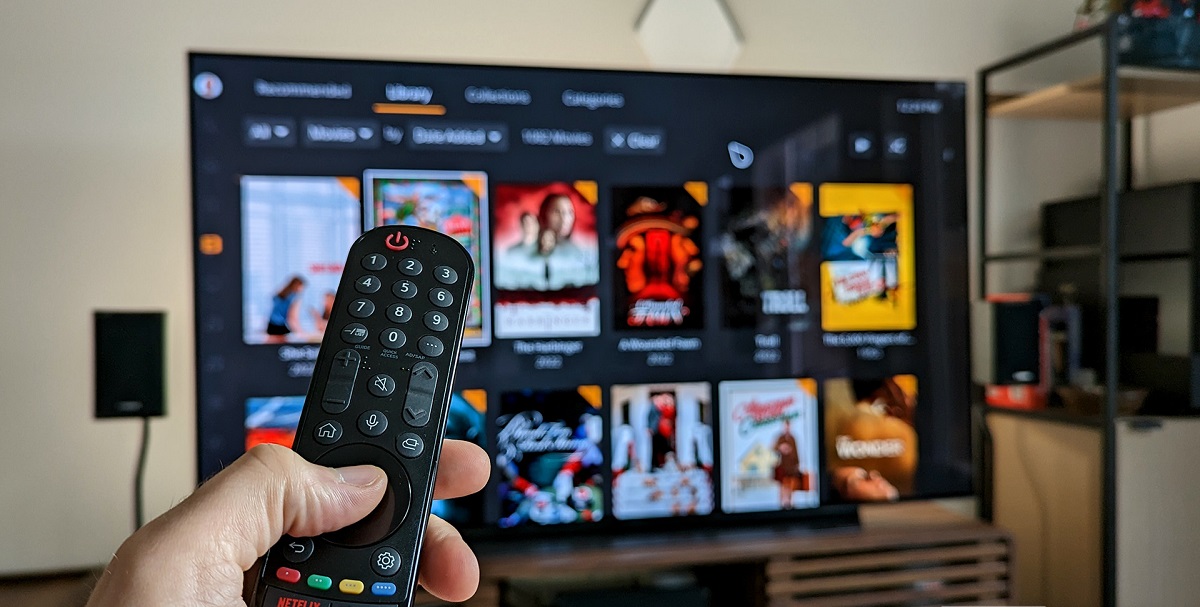

Home Entertainment Systems
How Do I Program A Universal Remote To My TV
Modified: January 9, 2024
Learn how to program a universal remote to your TV and simplify your home entertainment system setup. Follow our step-by-step guide for easy programming.
(Many of the links in this article redirect to a specific reviewed product. Your purchase of these products through affiliate links helps to generate commission for Storables.com, at no extra cost. Learn more)
Introduction
In the realm of home entertainment, the universal remote control stands as a beacon of convenience, offering a singular interface to command a multitude of devices. Gone are the days of juggling multiple remotes, for the universal remote aims to simplify our interaction with the ever-expanding array of home entertainment systems. This article seeks to demystify the process of programming a universal remote to a TV, empowering readers to seamlessly integrate this versatile device into their home theater setup.
The universal remote serves as a unifying force, bridging the gap between diverse electronic devices, from televisions and DVD players to audio systems and streaming devices. Its allure lies in the promise of streamlining the user experience, eliminating the need to grapple with an assortment of remotes, each tailored to a specific device. By understanding the intricacies of programming a universal remote to a TV, users can unlock the full potential of this unifying tool, transforming their living room into a hub of seamless entertainment control.
As we embark on this journey to unravel the mysteries of universal remote programming, we will delve into the fundamental principles that underpin these devices, uncover the methods for locating the necessary programming codes, and guide readers through the step-by-step process of programming their universal remotes. Furthermore, we will explore the crucial phase of testing the programmed remote to ensure its efficacy, and provide troubleshooting tips to address any potential hiccups along the way.
With a blend of technical know-how and practical insights, this article aims to empower readers with the knowledge and confidence to wield their universal remotes with finesse. Whether you're a seasoned home entertainment enthusiast or a newcomer to the realm of universal remotes, this guide will equip you with the tools to conquer the complexities of remote programming, paving the way for a more harmonious and immersive home entertainment experience. So, let's embark on this enlightening journey and unlock the full potential of your universal remote control.
Key Takeaways:
- Universal remotes simplify home entertainment by controlling multiple devices with one remote. Find the right programming code and follow the steps to program your remote for seamless control of your TV.
- After programming, test your remote to ensure it works smoothly with your TV. If you encounter issues, troubleshoot by checking the programming code, remote compatibility, and button functionality.
Understanding Universal Remotes
Universal remotes, often hailed as the Swiss Army knives of home entertainment, are designed to serve as a single control interface for a multitude of electronic devices. These versatile devices are engineered to transcend the limitations of traditional remotes, offering a unified solution to manage the diverse array of gadgets that populate modern living rooms. At their core, universal remotes embody the spirit of convenience, aiming to streamline the user experience by consolidating the control of multiple devices into a single, ergonomic unit.
One of the key attributes of universal remotes is their compatibility with a wide spectrum of electronic equipment, including televisions, DVD players, Blu-ray players, audio receivers, gaming consoles, and streaming devices. This compatibility is made possible through the incorporation of extensive code databases, which enable the universal remote to communicate with and command a diverse range of devices from various manufacturers. As such, users can bid farewell to the clutter of individual remotes and embrace the simplicity of wielding a single, all-encompassing control device.
Moreover, modern universal remotes often boast advanced features such as macro commands, which allow users to execute a series of actions with the press of a single button. This capability can orchestrate complex sequences, such as turning on multiple devices, selecting the appropriate input sources, and adjusting audio settings, all with a single command. Such functionalities elevate the universal remote beyond mere convenience, positioning it as a powerful orchestrator of home entertainment systems.
Understanding the anatomy of a universal remote is pivotal to harnessing its full potential. These devices typically feature intuitive button layouts, ergonomic designs, and programmable functions to cater to the diverse needs of users. Some models even incorporate touchscreens and customizable interfaces, offering a modern and personalized approach to remote control. By familiarizing oneself with the features and capabilities of a universal remote, users can optimize their interaction with this indispensable tool, elevating their home entertainment experience to new heights.
As we unravel the intricacies of universal remotes, it becomes evident that these devices are not merely accessories, but rather integral components that bridge the gap between users and their home entertainment systems. With a firm grasp of the fundamental principles that govern universal remotes, readers are poised to embark on the next phase of our journey: the quest to program these versatile devices to communicate seamlessly with their TVs.
Finding the Programming Code
Programming a universal remote to communicate effectively with a TV hinges on the identification of the correct programming code. This code serves as the vital link that enables the remote to establish a harmonious connection with the TV, ensuring that commands are interpreted and executed accurately. To embark on this quest for the elusive programming code, users can explore several avenues to unearth this essential piece of the puzzle.
One of the primary methods for finding the programming code is to consult the documentation that accompanies the universal remote. Often, manufacturers furnish comprehensive manuals that contain a list of codes corresponding to various TV brands and models. By perusing these documents, users can identify the specific code that aligns with their TV, laying the groundwork for a successful programming endeavor.
Alternatively, in the absence of physical documentation, users can venture into the digital realm, where a treasure trove of resources awaits. Many manufacturers maintain online databases that house an extensive repertoire of programming codes for a myriad of devices. By visiting the official website of the universal remote’s manufacturer, users can navigate to the support or downloads section to access these databases, enabling them to pinpoint the requisite programming code for their TV.
Furthermore, third-party websites and forums dedicated to home entertainment and remote controls can serve as invaluable resources in the quest for programming codes. These platforms often feature user-generated content, including crowdsourced lists of programming codes for various TV brands. Engaging with these communities can provide users with access to a wealth of collective knowledge, offering insights and solutions that may not be readily available through official channels.
For those who prefer a more interactive approach, reaching out to customer support channels can yield fruitful results. Many manufacturers offer customer support services, including helplines and online chat platforms, where users can seek assistance in locating the appropriate programming code for their TV. The dedicated support personnel can guide users through the process, offering personalized recommendations and troubleshooting tips to ensure a seamless programming experience.
Armed with a plethora of resources at their disposal, users can embark on the exhilarating quest to procure the programming code that will unlock the full potential of their universal remote. With the programming code in hand, readers are primed to traverse the next phase of our journey: the art of programming the universal remote to seamlessly interface with their TV.
Programming the Universal Remote
Armed with the elusive programming code, users stand on the precipice of a transformative endeavor: programming their universal remote to harmonize with their TV. This pivotal phase of the journey demands meticulous attention to detail and a dash of technological finesse, as users navigate the intricacies of configuring their universal remote to communicate seamlessly with their TV.
The process of programming a universal remote varies across different models and manufacturers, but the fundamental principles remain consistent. To commence this transformative ritual, users typically initiate the programming mode on the universal remote, often achieved by pressing a combination of buttons or following specific instructions outlined in the remote’s manual. Once the remote is primed for programming, users embark on a sequence of steps to input the programming code that corresponds to their TV brand and model.
As users input the programming code, the universal remote undergoes a mesmerizing synchronization process, forging an invisible bond with the TV. This pivotal moment heralds the establishment of a unified communication channel, enabling the remote to convey commands to the TV with precision and finesse. With the programming code successfully integrated, users can revel in the newfound synergy between their universal remote and their TV, laying the foundation for a harmonious coexistence.
Furthermore, some universal remotes offer the flexibility of manual code entry or automatic code search functionalities, catering to users with diverse preferences and technological prowess. Manual code entry empowers users to input the programming code directly, while automatic code search initiates a systematic exploration of potential codes until the optimal match is found. These versatile approaches accommodate users of varying technical proficiencies, ensuring that the programming process remains accessible and user-friendly.
Moreover, modern universal remotes often feature intuitive interfaces and visual feedback mechanisms, such as LED indicators or on-screen prompts, to guide users through the programming journey. These visual cues serve as beacons of assurance, offering clarity and confidence as users navigate the nuances of programming their universal remotes. By leveraging these user-friendly features, users can embark on the programming odyssey with poise and precision.
With the universal remote now programmed to communicate seamlessly with the TV, users stand on the cusp of a transformative union, poised to harness the full potential of this unifying device. As we celebrate the successful programming of the universal remote, our journey ventures into uncharted territory: the exhilarating phase of testing the programmed remote to ensure its efficacy in commanding the TV with finesse.
Make sure to have the correct code for your TV brand. Follow the instructions in the remote’s manual to enter the code and sync it with your TV. If you don’t have the manual, you can usually find the codes online.
Testing the Remote
With the universal remote programmed to interface seamlessly with the TV, users embark on a pivotal phase of the journey: the exhilarating test of the remote’s efficacy in commanding the TV with finesse. This transformative moment serves as the litmus test for the successful programming endeavor, offering users the opportunity to witness the harmonious synergy between the universal remote and the TV in action.
As users prepare to put the programmed remote through its paces, a sense of anticipation permeates the air, tinged with a hint of excitement and trepidation. With the TV powered on and the universal remote in hand, users prepare to unleash a barrage of commands, eager to witness the seamless execution of their desires at the behest of the programmed remote.
The initial test typically involves fundamental commands, such as adjusting the volume, changing channels, and powering the TV on and off. With bated breath, users press the corresponding buttons on the universal remote, their gaze fixed upon the TV, awaiting the manifestation of their commands. As the volume adjusts, channels transition, and the TV obediently powers on and off at the behest of the remote, a sense of jubilation washes over users, affirming the successful union between the universal remote and the TV.
Furthermore, users can delve into the realm of advanced commands, such as accessing the TV’s menu, navigating input sources, and controlling additional functions specific to their TV model. With each command executed seamlessly by the programmed remote, users bear witness to the culmination of their programming prowess, reveling in the newfound convenience and control bestowed upon them by the universal remote.
Moreover, the testing phase serves as an opportune moment to explore the macro command functionalities, should the universal remote offer such advanced capabilities. By executing macro commands that orchestrate complex sequences of actions, users can witness the orchestrated harmony of multiple devices responding in unison to a single command, further solidifying the universal remote’s position as a powerful orchestrator of home entertainment systems.
As the programmed remote effortlessly fulfills the whims of its wielder, users are enveloped in a sense of triumph, witnessing the fruits of their labor materialize in the form of seamless control and unparalleled convenience. With the successful testing of the programmed remote, users stand on the brink of a harmonious union between their universal remote and their TV, poised to immerse themselves in a world of effortless control and boundless entertainment.
As we celebrate the triumphant testing of the programmed remote, our journey ventures into the realm of troubleshooting, where we equip readers with the knowledge and insights to address potential hiccups and ensure the seamless functionality of their universal remote.
Troubleshooting
While the journey of programming and testing a universal remote often unfolds seamlessly, occasional hiccups may arise, necessitating the need for troubleshooting to ensure the continued efficacy of the programmed remote. This phase of the journey equips users with the insights and techniques to address potential challenges, empowering them to overcome obstacles and maintain the seamless functionality of their universal remote.
One common hurdle encountered during the programming process is the input of an incorrect programming code. Should the remote exhibit erratic behavior or fail to command the TV as intended, users can revisit the programming phase and ensure that the correct programming code is inputted accurately. Verifying the accuracy of the programming code and reprogramming the remote with precision can often rectify this issue, restoring the harmonious communication between the remote and the TV.
Furthermore, users may encounter challenges related to the compatibility of the universal remote with their TV model. In such instances, consulting the universal remote’s manual or the manufacturer’s support resources can provide insights into alternative programming methods or compatibility workarounds. Additionally, exploring user forums and online communities dedicated to home entertainment and remote controls can yield valuable advice and solutions from individuals who have navigated similar compatibility challenges.
Another potential hurdle pertains to the functionality of specific buttons or commands on the universal remote. If certain commands fail to elicit the intended response from the TV, users can explore the remote’s manual to ascertain whether the buttons can be reprogrammed or customized to align with the TV’s functionalities. Additionally, ensuring that the remote’s batteries are in optimal condition and properly installed can mitigate issues related to erratic button functionality.
Moreover, users may encounter scenarios where the programmed remote exhibits intermittent communication issues with the TV, leading to sporadic responsiveness or command execution. In such cases, power cycling the TV and the programmed remote, as well as ensuring that the remote’s infrared transmitter is unobstructed and within range of the TV’s receiver, can often resolve these intermittent communication challenges.
By navigating the troubleshooting phase with patience and perseverance, users can surmount potential obstacles and uphold the seamless functionality of their universal remote. Armed with the knowledge and techniques to address common challenges, users can embark on their home entertainment endeavors with confidence, knowing that they possess the expertise to overcome any hurdles that may arise along their journey.
As we navigate the troubleshooting phase and equip readers with the insights to maintain the seamless functionality of their universal remote, our journey culminates in the realization of a harmonious union between users and their home entertainment systems, facilitated by the unifying prowess of the universal remote.
Conclusion
As we draw the curtains on our enlightening journey through the realm of universal remote programming, we reflect on the transformative insights and experiences garnered along the way. The universal remote, once a mere conduit for commanding individual devices, has emerged as a unifying force, empowering users to orchestrate their home entertainment systems with finesse and convenience.
Our odyssey commenced with an exploration of the fundamental principles that underpin universal remotes, unveiling their versatile capabilities and the promise of a streamlined user experience. With a firm understanding of the anatomy and potential of universal remotes, readers were primed to embark on the quest for the elusive programming code, delving into a myriad of resources to unearth this essential key to remote control harmony.
Armed with the programming code, readers ventured into the immersive realm of programming their universal remotes, navigating the intricacies of synchronization and configuration to forge a seamless connection with their TVs. The successful programming endeavor heralded the dawn of a transformative union, enabling users to wield their universal remotes with precision and finesse, orchestrating a symphony of commands with a single, ergonomic device.
With the programmed remote in hand, readers embarked on the exhilarating phase of testing, witnessing the seamless execution of commands and the manifestation of newfound control over their home entertainment systems. The triumphant testing phase affirmed the successful union between the universal remote and the TV, cementing the remote’s position as a powerful orchestrator of boundless entertainment.
As our journey culminated in the troubleshooting phase, readers were equipped with the knowledge and techniques to address potential hurdles, ensuring the continued efficacy and seamless functionality of their universal remotes. Armed with the expertise to overcome obstacles, users stand poised to embark on their home entertainment endeavors with confidence, knowing that they possess the prowess to conquer any challenges that may arise.
With the harmonious union between users and their home entertainment systems realized, facilitated by the unifying prowess of the universal remote, we bid adieu to this transformative journey, carrying with us the wisdom and empowerment to navigate the ever-evolving landscape of home entertainment with finesse and convenience.
May the universal remote continue to serve as a beacon of convenience and unification, empowering users to orchestrate a symphony of entertainment with the press of a button, and may our collective journey inspire others to embrace the transformative potential of this unifying device.
Frequently Asked Questions about How Do I Program A Universal Remote To My TV
Was this page helpful?
At Storables.com, we guarantee accurate and reliable information. Our content, validated by Expert Board Contributors, is crafted following stringent Editorial Policies. We're committed to providing you with well-researched, expert-backed insights for all your informational needs.
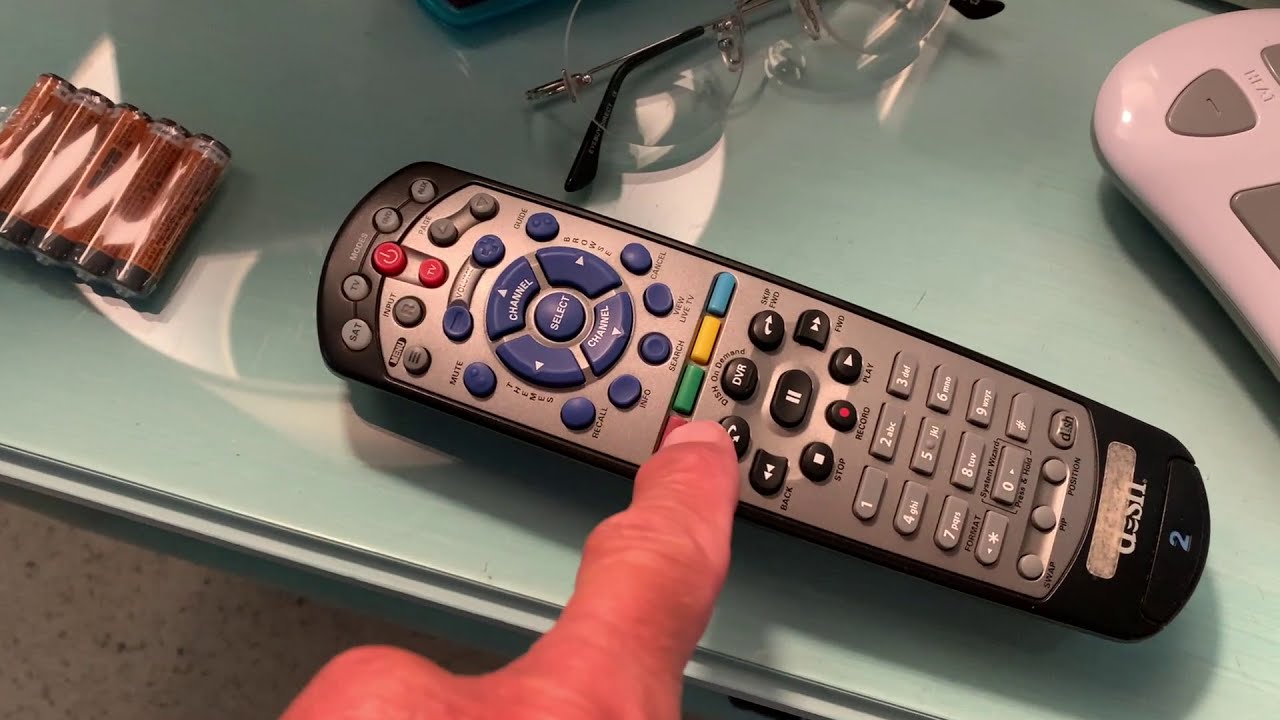
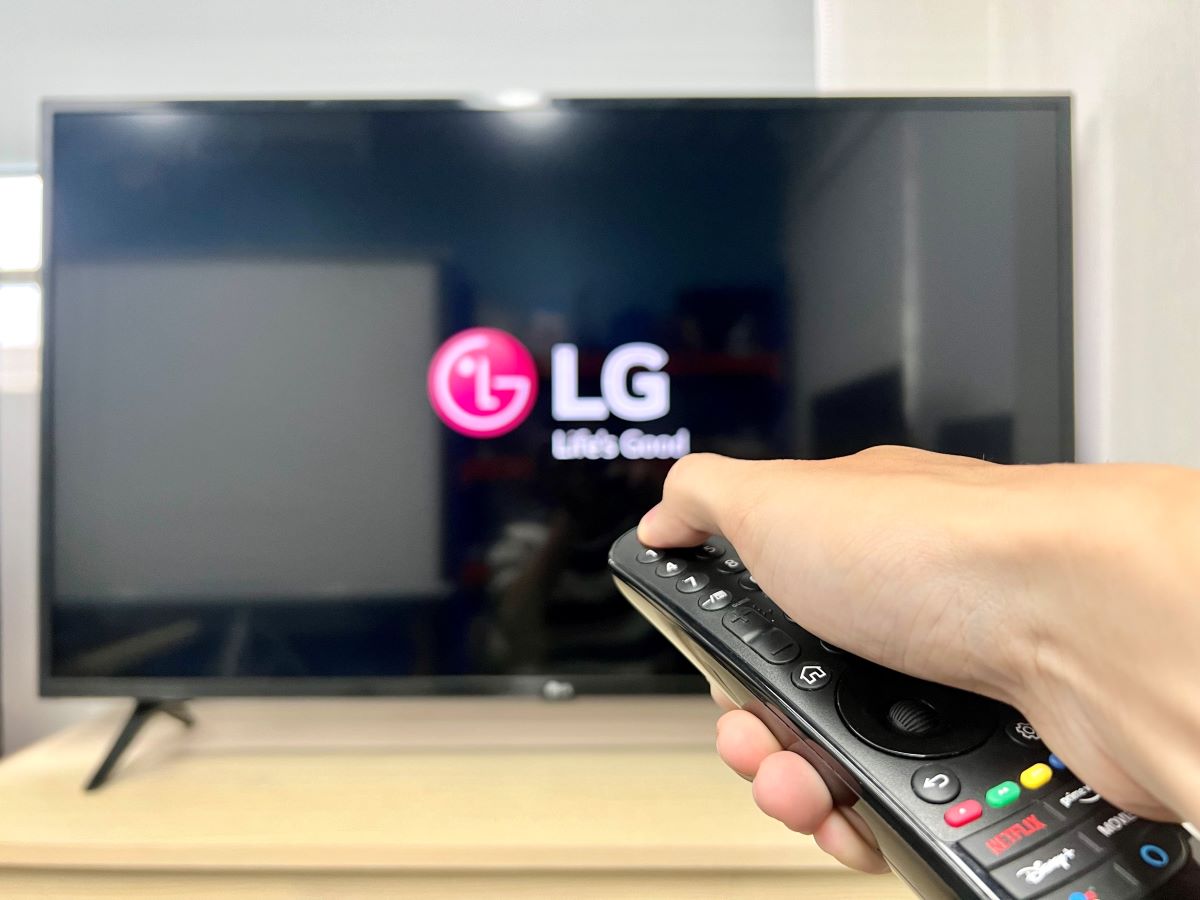
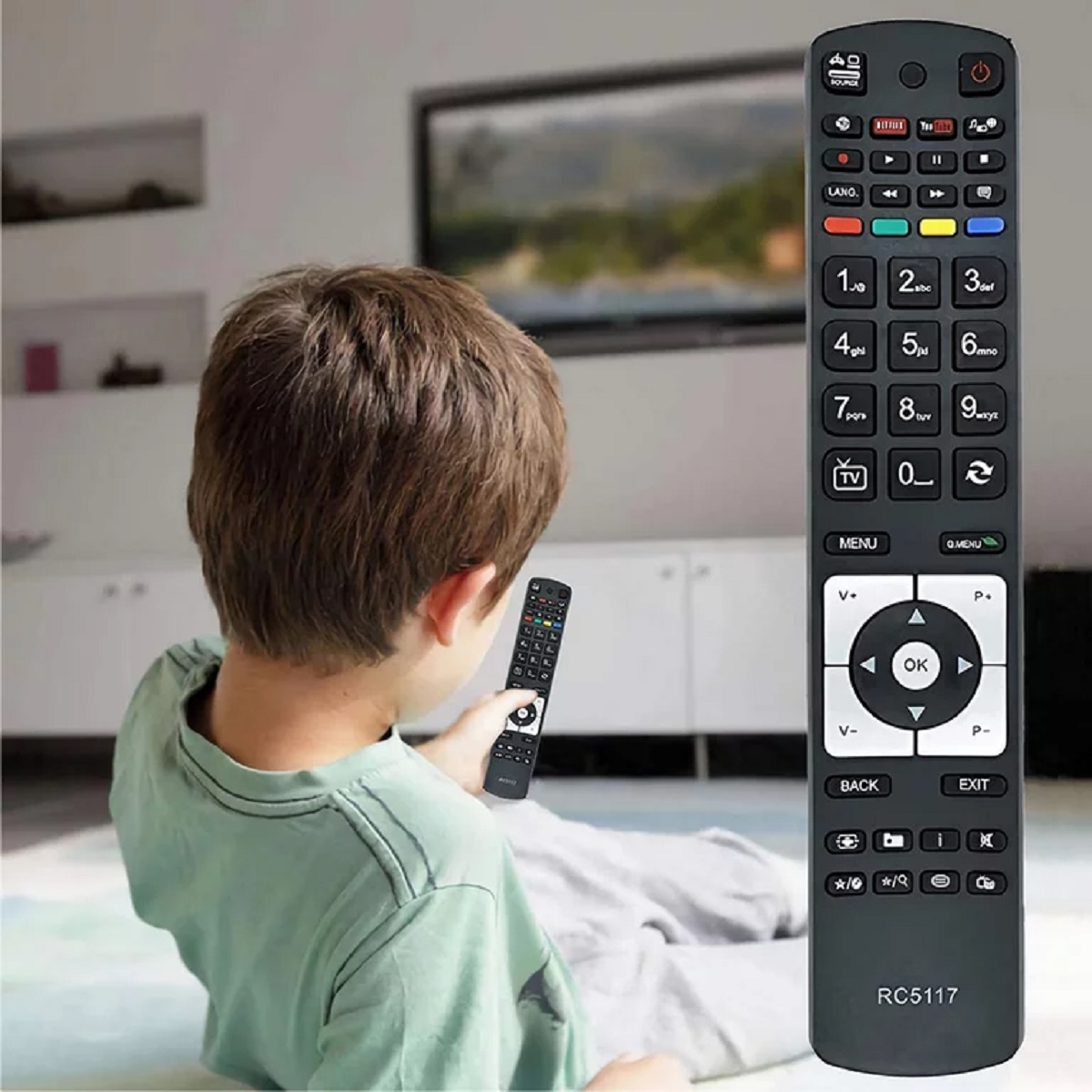
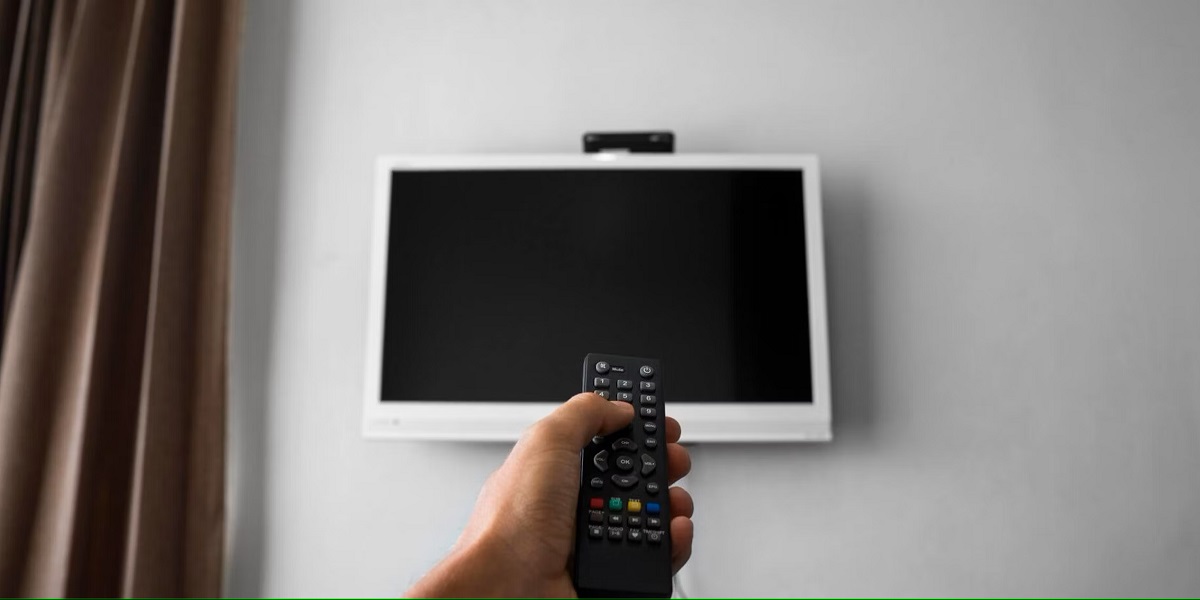
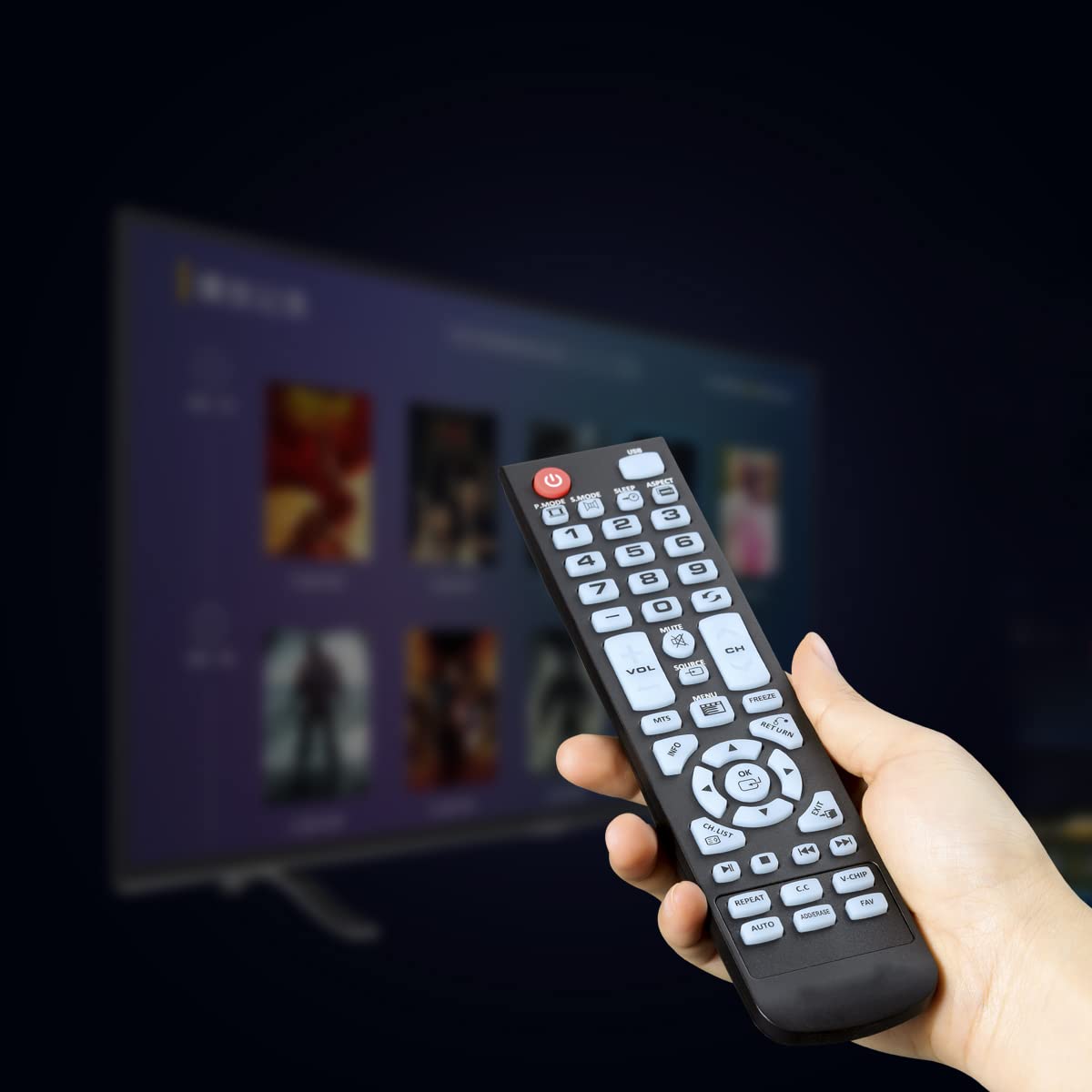
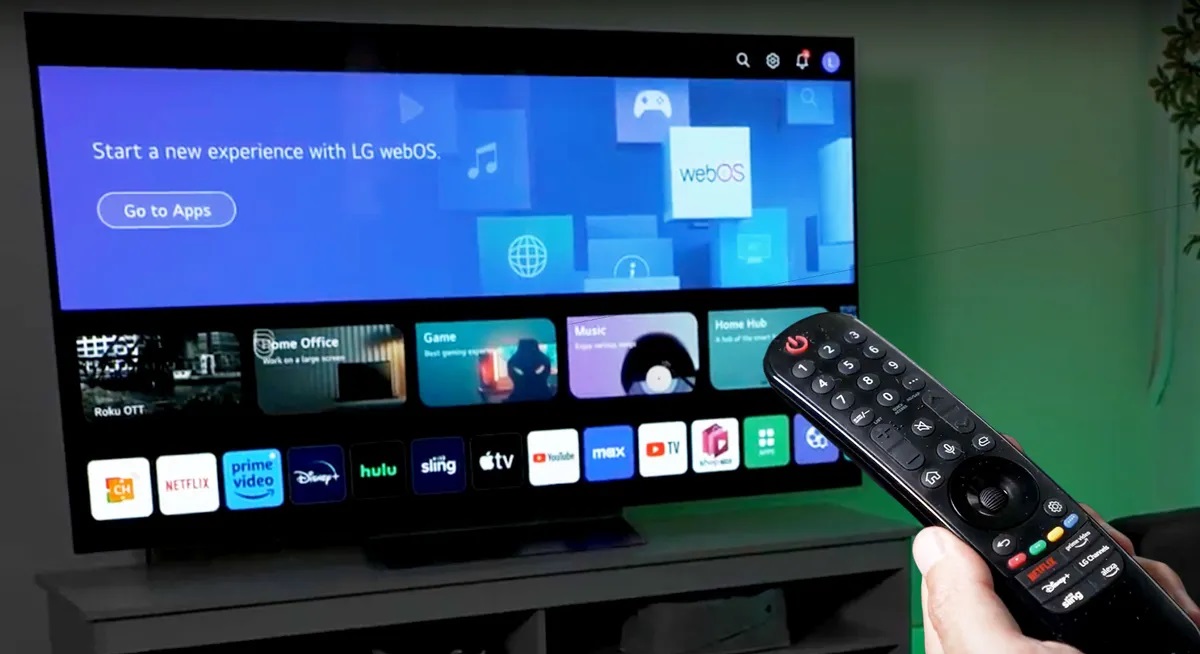
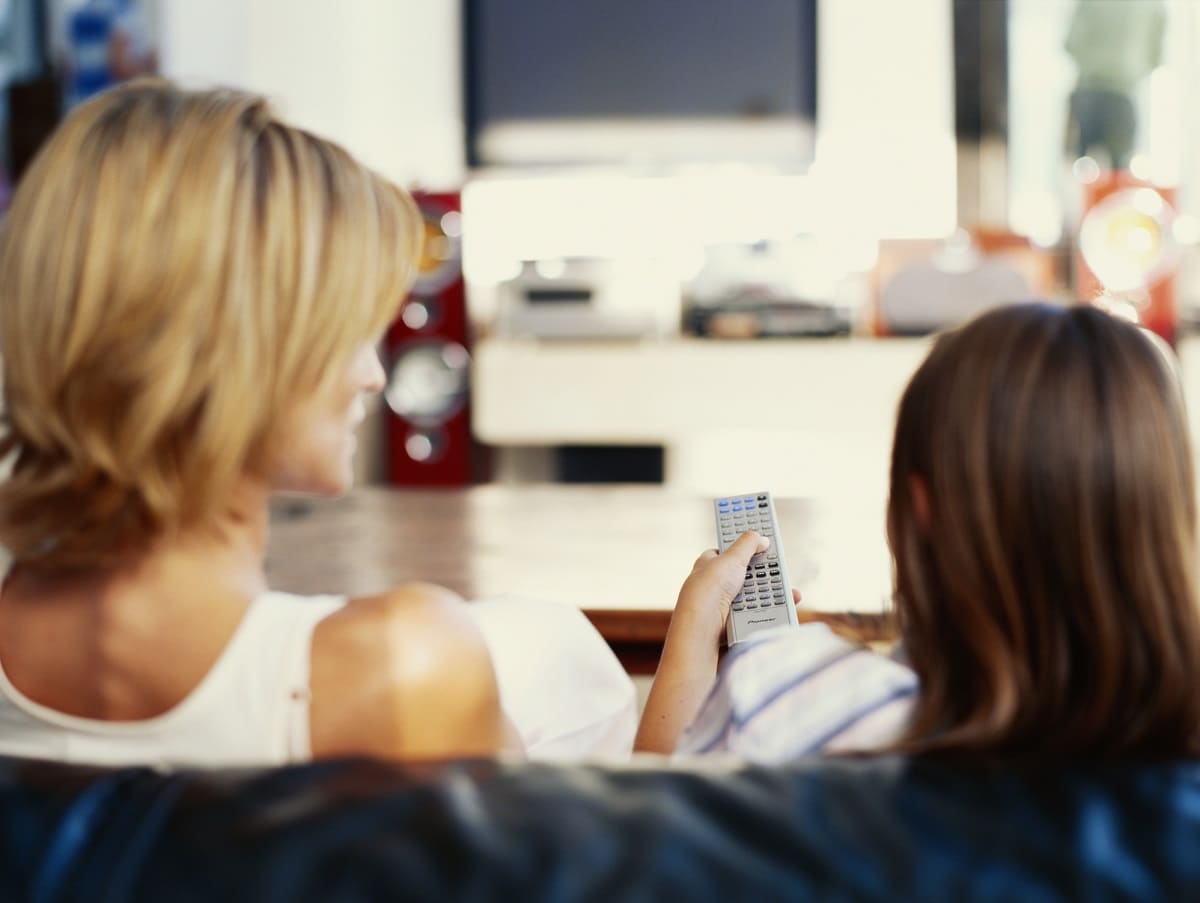
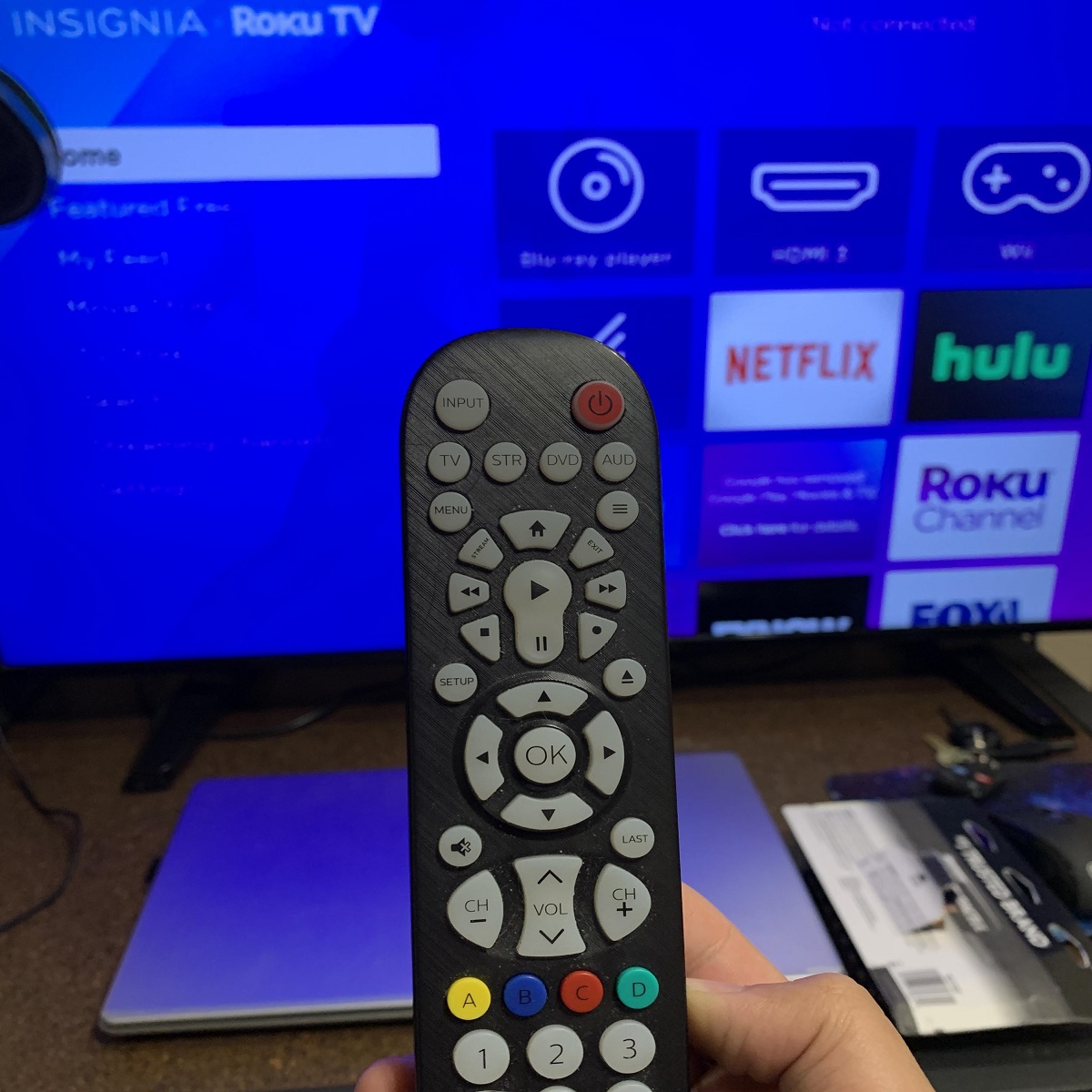
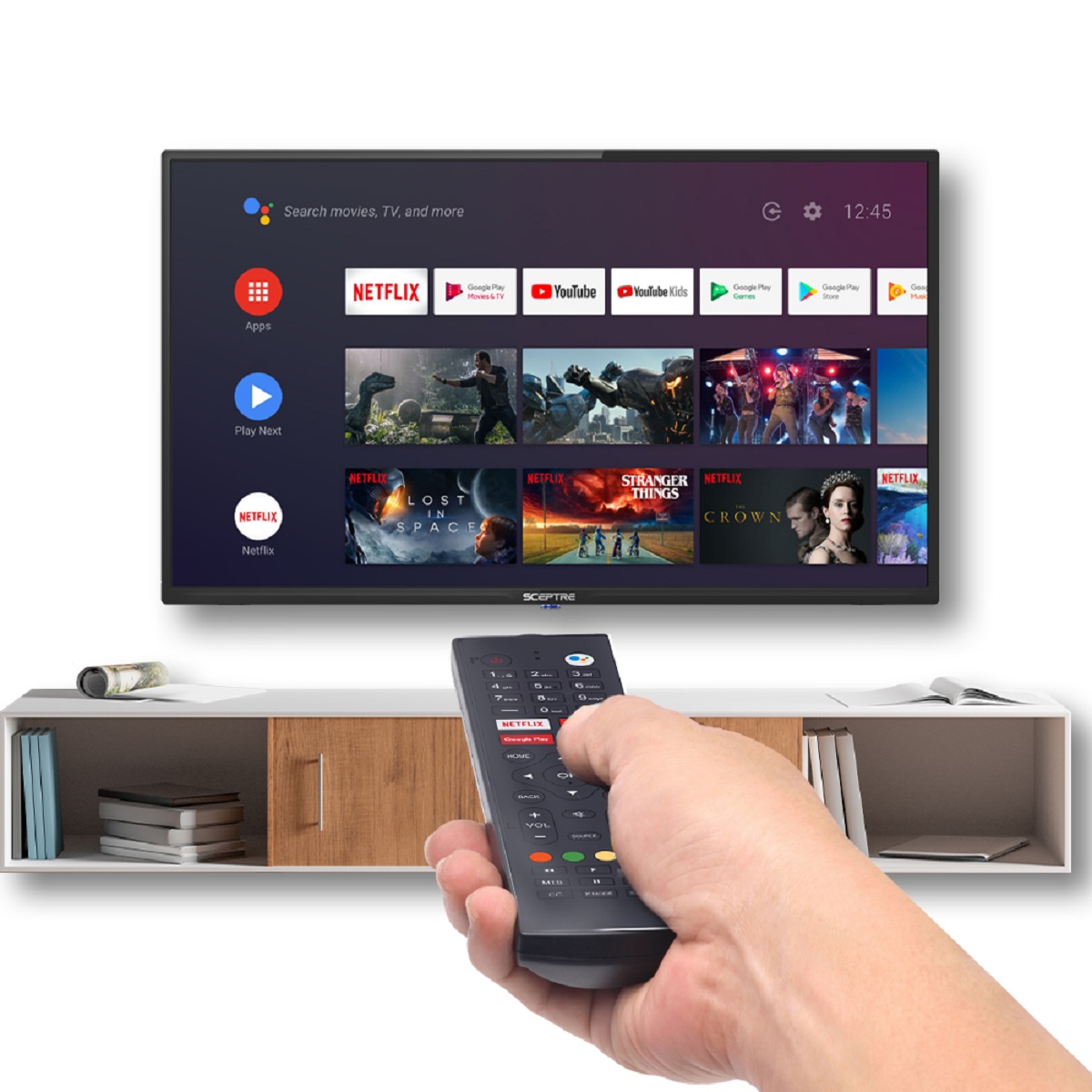
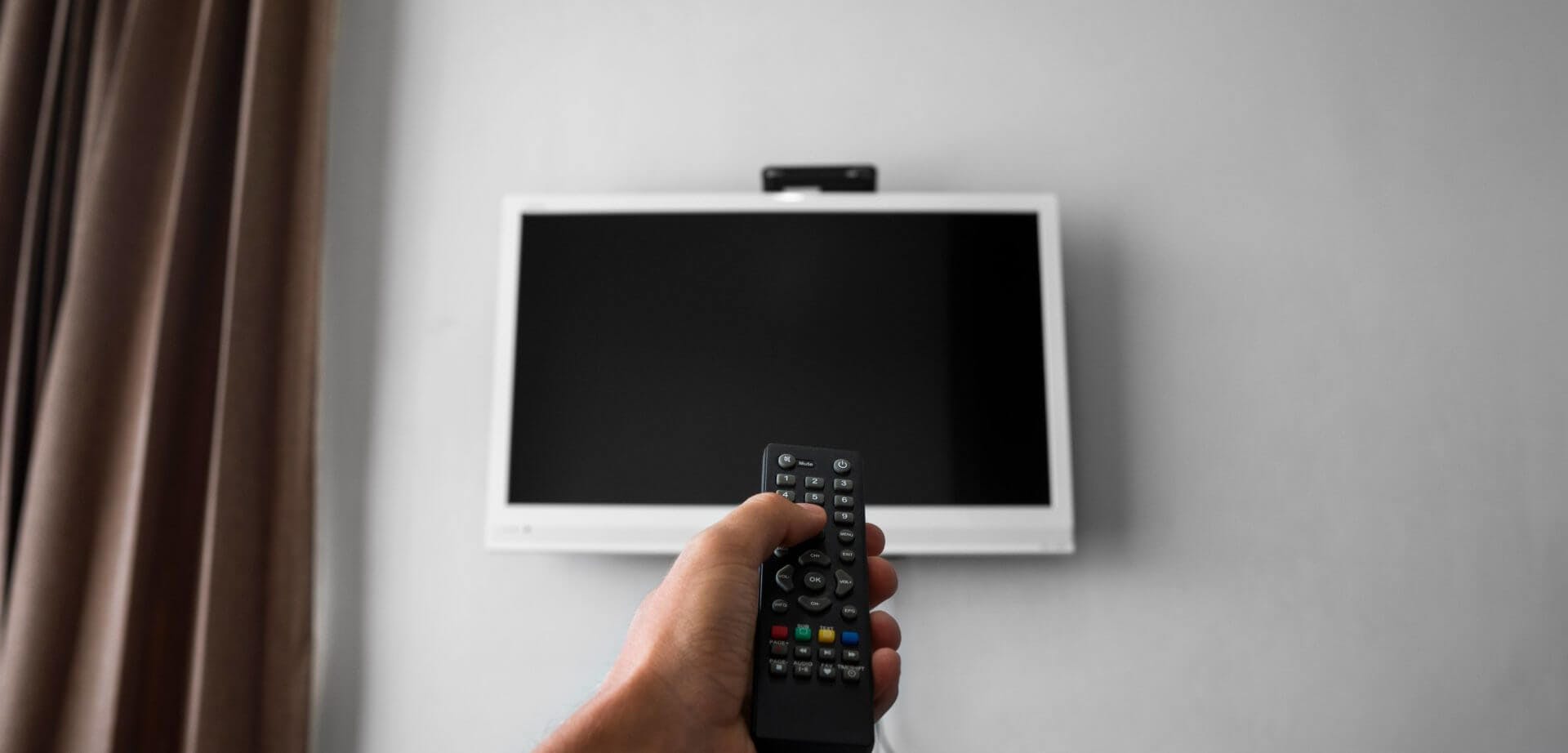
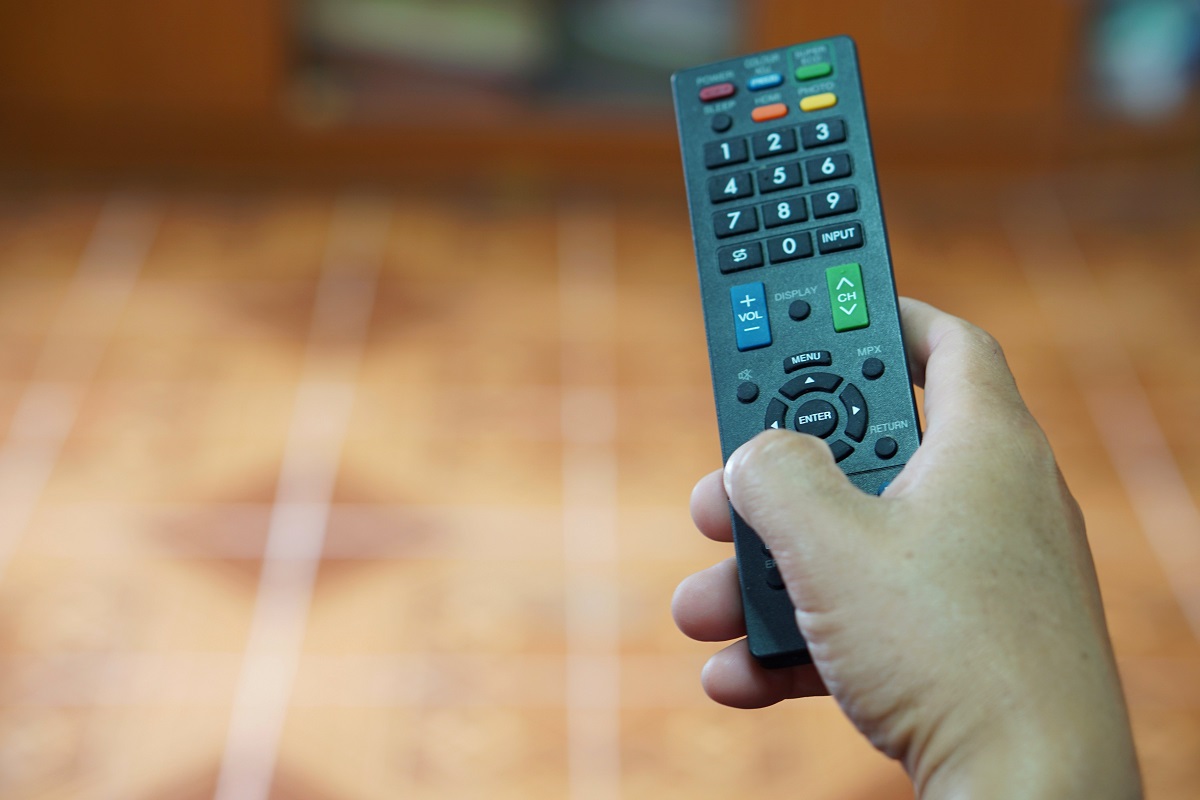
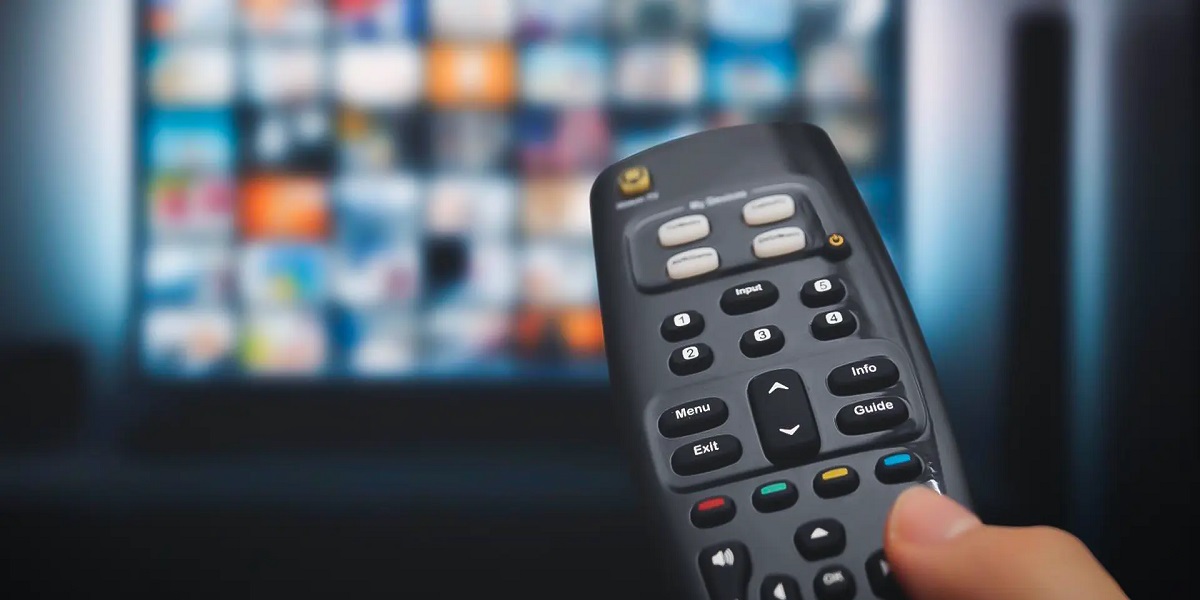
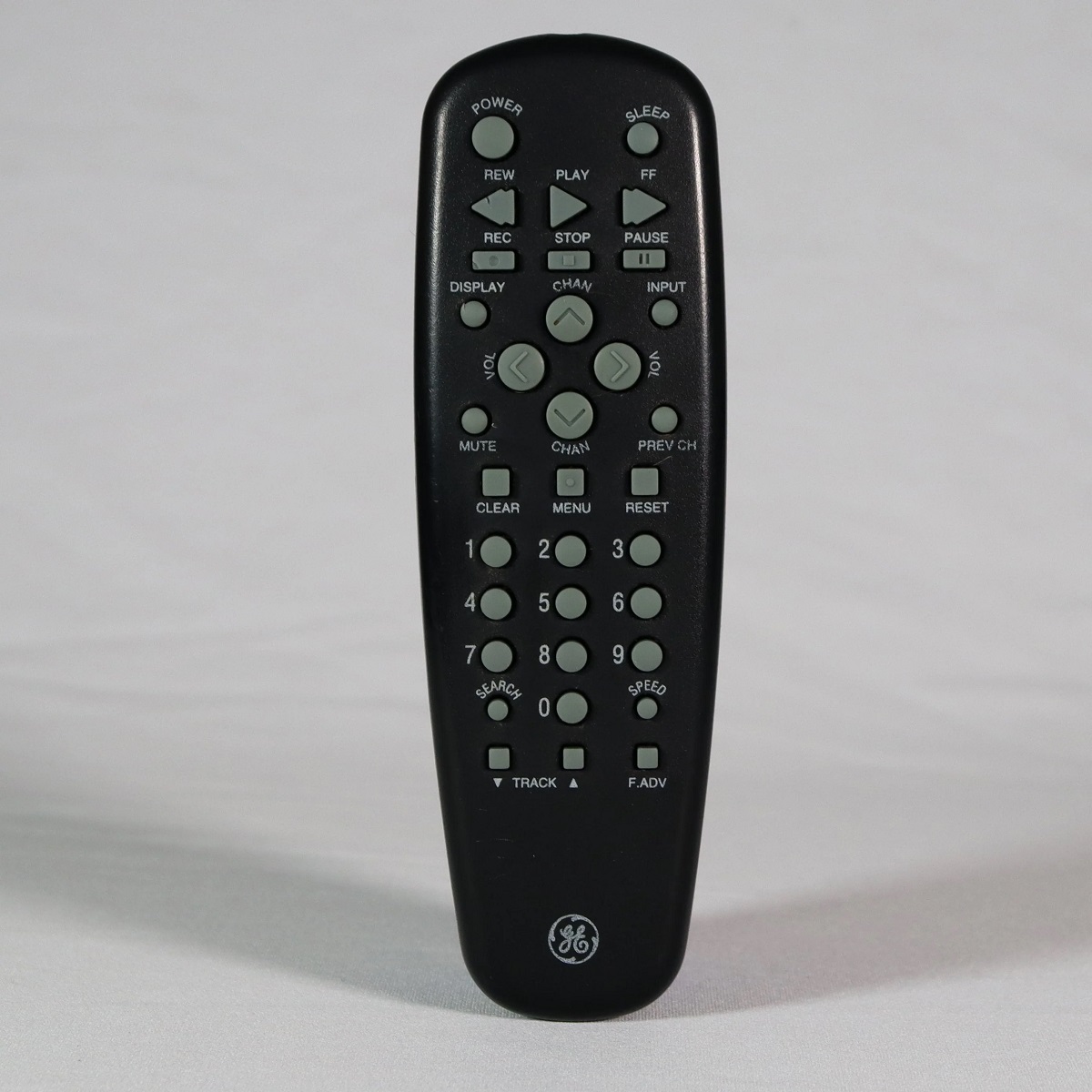
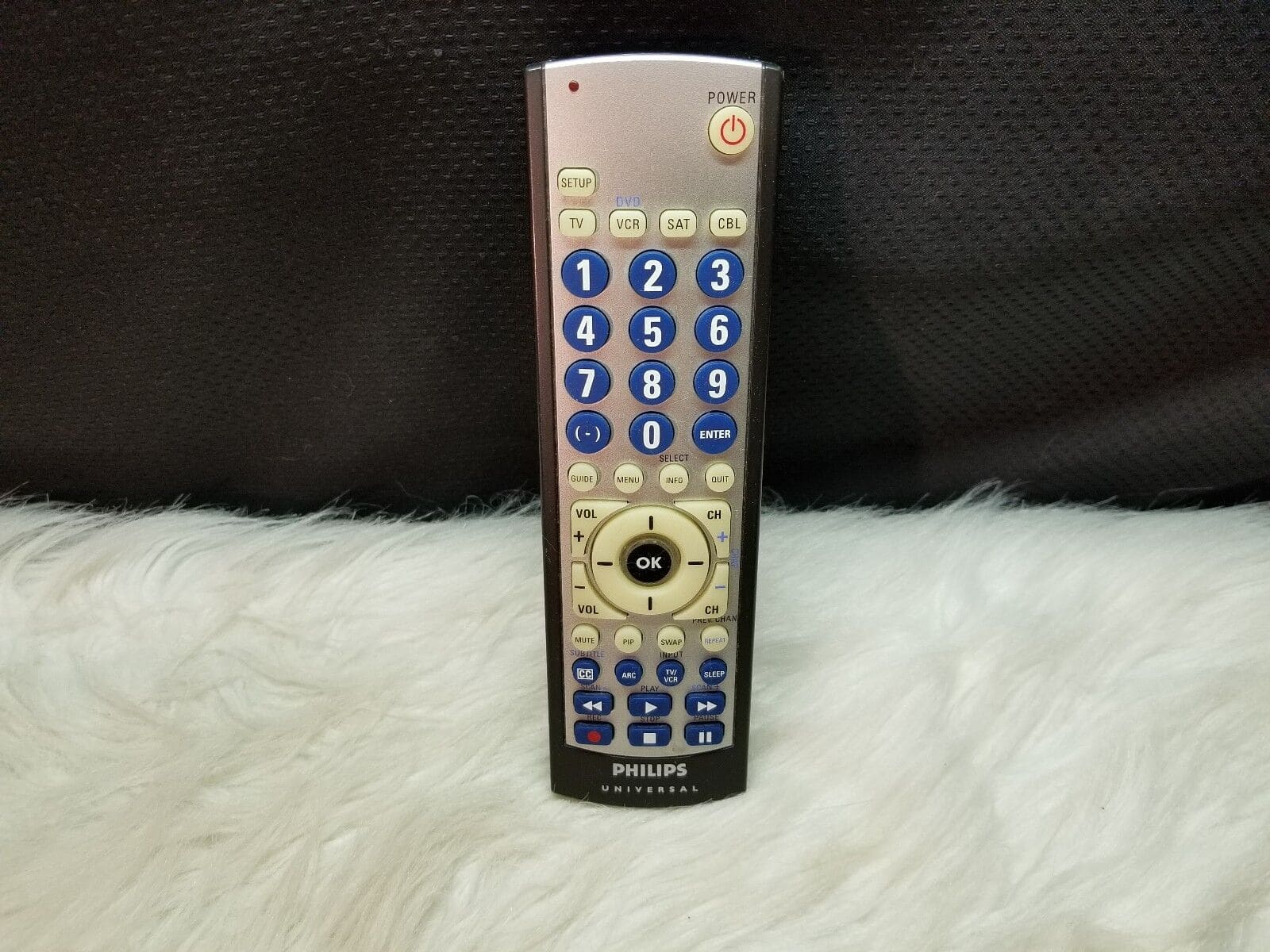

0 thoughts on “How Do I Program A Universal Remote To My TV”